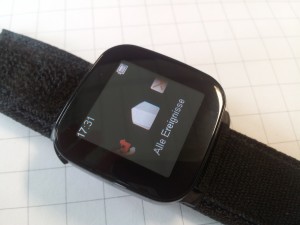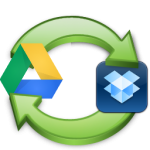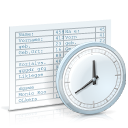How to embed Youtube videos in PowerPoint 2010
At the moment I have to do a lot off PowerPoint stuff, so there may come the one or other article concerning Microsofts PowerPoint in the next days. I will not go directly to the basics, but rather the one or other little trick that was (hopefully) not known by some of you . Today I like to show you how to integrate YouTube videos in PowerPoint presentations.
Anyone who don’t like to read the illustrated instructions, may also scroll down and see the whole thing as video.
Note:
The integration of YouTube videos is only supported in PowerPoint 2010 and newer. (A workaround for PowerPoint 2007 can be found here.)
Step 1:
Search for a YouTube video and click on “Share”. (Do not worry, it will not immediately shared anything to anywhere.) Now click on the “Embed” button, select the small box titled “Use old embed code” and copy the HTML code from the box […]

 Following is a brief introduction. Those only looking for the solution of the problem, please scroll down.
Following is a brief introduction. Those only looking for the solution of the problem, please scroll down. Today I want to show you how you keep the two services Dropbox and Google Drive in sync. The whole thing is easier than perhaps previously thought.
Today I want to show you how you keep the two services Dropbox and Google Drive in sync. The whole thing is easier than perhaps previously thought. With the .NET frameworks DateTime functions you can do a lot of nice things. The handling turns out, in my opinion, very pleasant. The only requirement: You find yourself in a pure .NET environment. When other systems come into play, the trouble begins. But why is it that you can not compare DateTime.Ticks with the PHP mktime()-function?
With the .NET frameworks DateTime functions you can do a lot of nice things. The handling turns out, in my opinion, very pleasant. The only requirement: You find yourself in a pure .NET environment. When other systems come into play, the trouble begins. But why is it that you can not compare DateTime.Ticks with the PHP mktime()-function? Today I want to give the WordPress bloggers among you a little tip. It’s about the free WordPress plugin Lazy Load, that serves to reduce the loading time of your WordPress blog. But how does it work?
Today I want to give the WordPress bloggers among you a little tip. It’s about the free WordPress plugin Lazy Load, that serves to reduce the loading time of your WordPress blog. But how does it work?